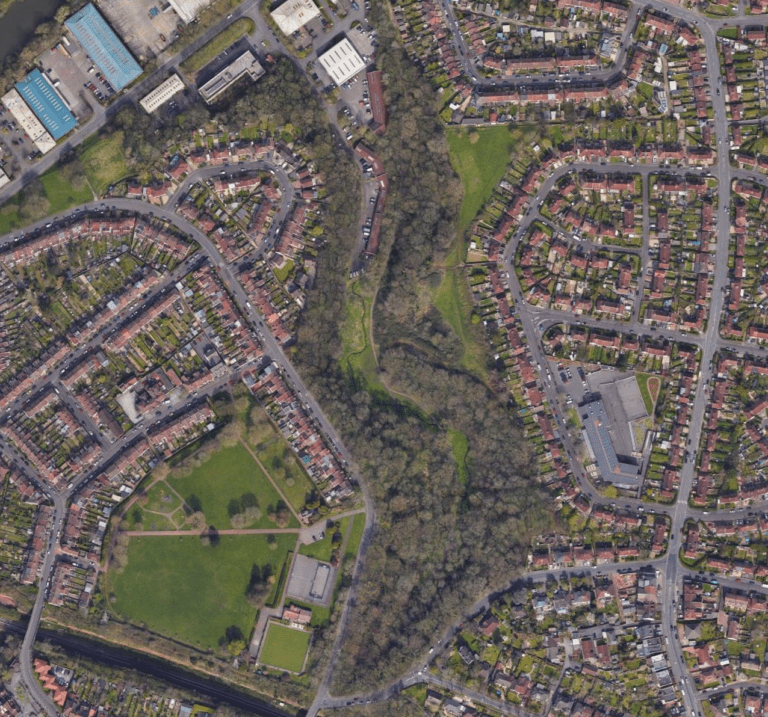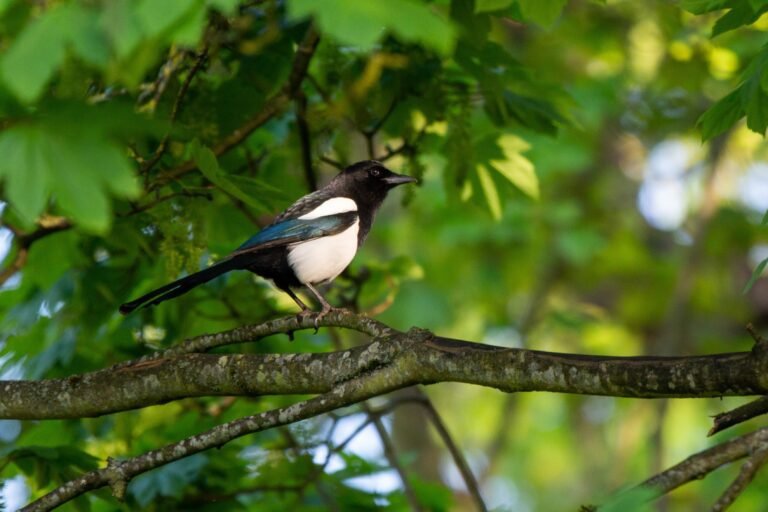Sale of land in Nightingale Valley
Two-and-a-half acres of Nightingale Valley is to be sold at auction on 20th November 2024. Friends of Brislington Brook seek to raise awareness about this matter. The land forms part of a larger plot of six acres, three-and-a-half of which is on the flat at the top of the valley: https://www.hollismorgan.co.uk/property-details/33414365/bristol-city/bristol/wick-road-1

The general public perception is that Bristol City Council owns Nightingale Valley in its entirety; that it is our public space. That is not the case.
The two and-a-half acres within Nightingale Valley have been privately owned since 1924, when the Wick Estate was sold off in a piecemeal fashion. Bristol City Council maintained that they could not trace the landowner. Recently, the landowner died (a descendant of the person who purchased the land in 1924). His two beneficiaries registered the change of ownership with HM Land Registry in order to sell it at auction.
It is the two-and-a-half acres within Nightingale Valley that we will focus on here; that which Friends of Brislington Brook, in conjunction with Bristol City Council, has managed since 2006. Prior to that, it was maintained by Friends of Nightingale Valley. The land contains a section of the footpath, a section of Brislington Brook and a plethora of flora and fauna on both sides of the valley. Nightingale Valley has been designated a Site of Nature Conservation (SNSCI): it has both substantial biodiversity in terms of flora and fauna and important geological features.

The historic dumping ground lies within this parcel of land; the rusty, oozing tar barrels and shards of broken glass that many of us are familiar with. In 2023, Friends of Brislington Brook raised a petition to Rid Nightingale Valley of its Leaking Tar Barrels, which gained over 800 signatures: https://www.change.org/p/rid-nightingale-valley-of-its-leaking-tar-barrels. The historic dumping ground is a liability to any potential buyer.
Friends of Brislington Brook will do everything within its power to conserve Nightingale Valley.
According to historical documents, the public footpath through the St Anne’s Valleys has been in use since the 13th century. In 1276, the Chapel of St-Anne’s-in-the-Woods was built. Shortly afterwards, the footpath along Brislington Brook became a Pilgrims Path. Pilgrims visited the two holy shrines in St Anne’s Wood – the Chapel and the Holy Well – and made their way along the brook to Nightingale Valley. The more worthy visited the Priest’s House (built in the 14 th century), which stood where Wick House now stands. The pilgrims moved on to Brislington Village to stay in a pilgrims’ hostelry, where the Pilgrim Inn now stands. They completed their pilgrimage at Keynsham Abbey.
Despite its historical significance, the Pilgrims Path is not designated as a public Right of Way. Friends of Brislington Brook is currently completing a Right of Way application to ensure the footpath remains open to the public.
Friends of Brislington Brook is also considering applying to Natural England for Nightingale Valley to become a Local Nature Reserve. We will continue working towards ridding Nightingale Valley of its leaking tar barrels.
This page will keep you up to the date with the developments that are taking place. If you would like to join us in our mission to conserve Nightingale Valley for future generations, please complete the sign-up form below. Friends of Brislington Brook is made up of a small team of dedicated volunteers. Whilst we would like to have the capacity to answer individual questions, we have limited resources. We are channelling our energy into conserving Nightingale Valley. Please sign up for regular updates and to express your interest in joining us.







